–contributed by Rhonda Rinehart.
Welcome to the Cummings Center’s new blog series presenting basic preservation and conservation practices. We’re kicking it off with some Do’s and Don’ts for caring for your own personal keepsakes and family treasures. No technical stuff here — just pictures and a few tips to get you started on your way to becoming a preservation pro in your own home!
DO NO HARM
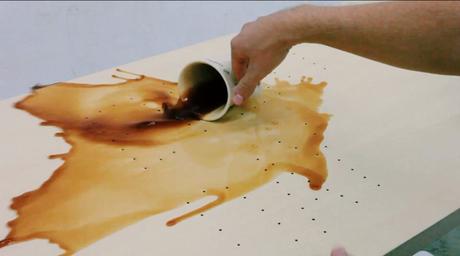
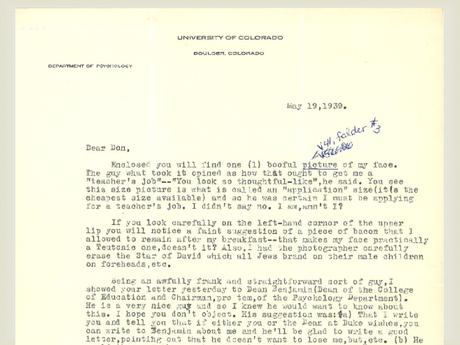
Don’t do anything to your keepsakes that can’t be reversed such as using pens (see above image), staples, metal clips, or tape which can leave behind permanent marks, holes and residue. And no eating or drinking around any items that you love! The goal is maintain your items as close to their original forms as possible.
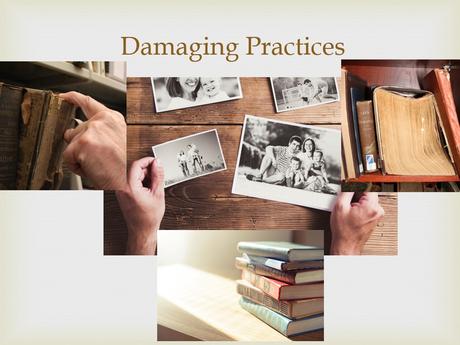
DON’T LAMINATE — ALWAYS ENCAPSULATE!
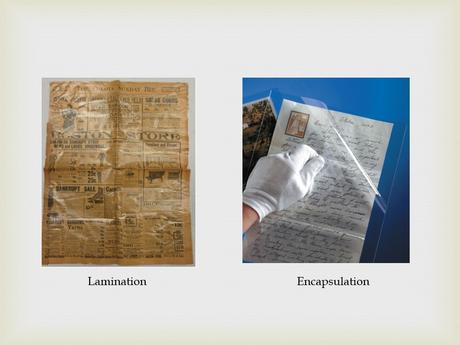
Lamination was a popular way to keep paper items from being exposed to excessive handling and environmental changes in temperature and humidity. But lamination is permanent because the lamination process seals paper items between two sheets of transparent plastic material, melting to form a seal when subjected to heat and pressure. The laminate material also breaks down over time, damaging the document trapped inside the melted plastic.
The encapsulation process uses a non-reactive polyester film to hold paper items in place. It does not use heat to adhere to the paper or to seal the pieces closed, but rather simple double-sided tape to tape edges together and enclose the materials inside. The tape can be removed or replaced at any time to open up the two pieces of polyester and allow easy removal of the item inside.

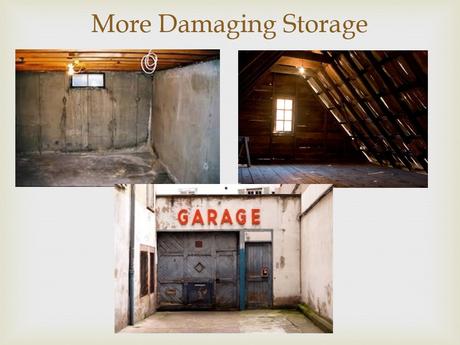
Most people store their family mementos and heirlooms in the basement, attic, or garage, but it is best to keep these items away from areas that are not climate controlled like the living spaces of your house are. Avoid large fluctuations +/- 5 degrees in temperature and +/- 5% in humidity. The ideal temperature for items and people to cohabitate is between 68-70 degrees. Film based materials generally like cold storage (a freezer is best). Even if your materials aren’t organized, keep them away from areas that would attract pests and have high levels of heat, humidity, or sunlight.
Follow these basic guidelines and you’ll be able to keep your family treasures around for generations to come!
